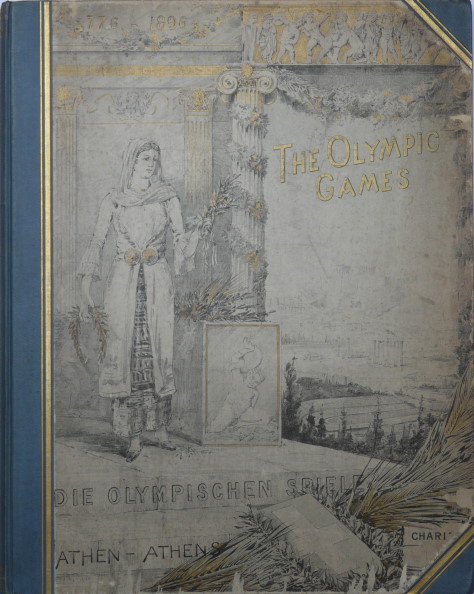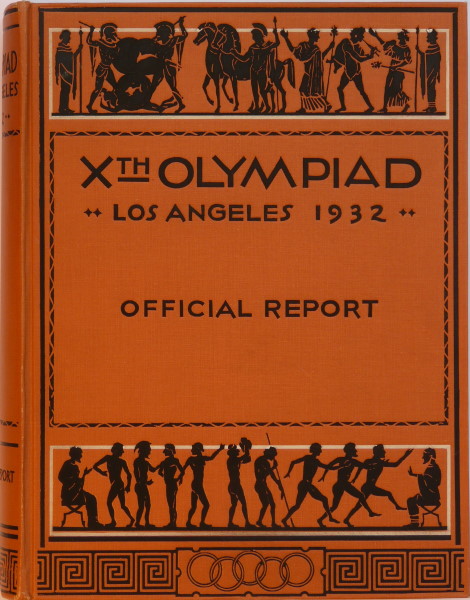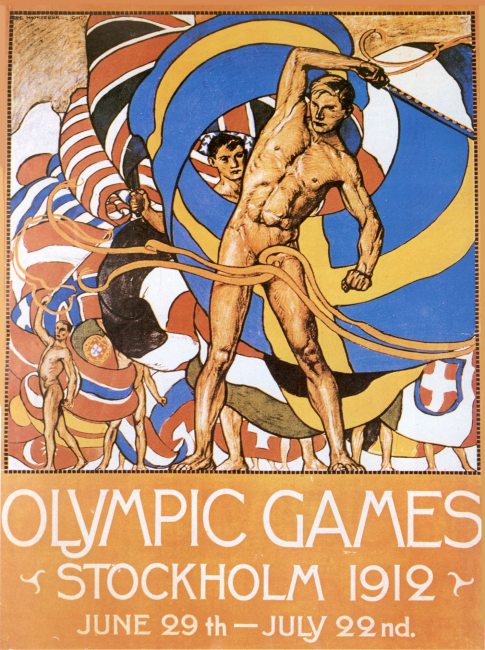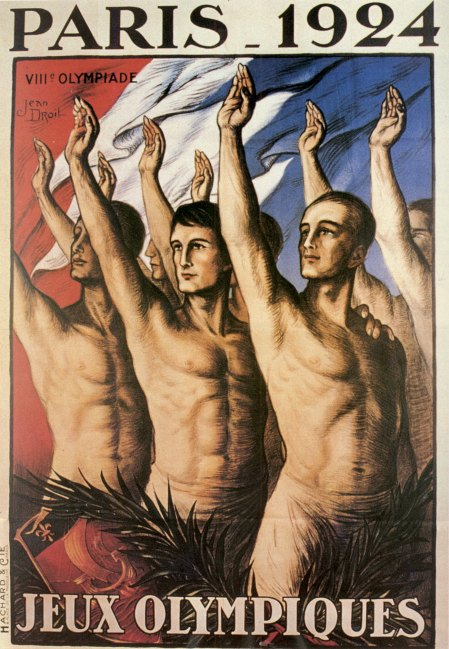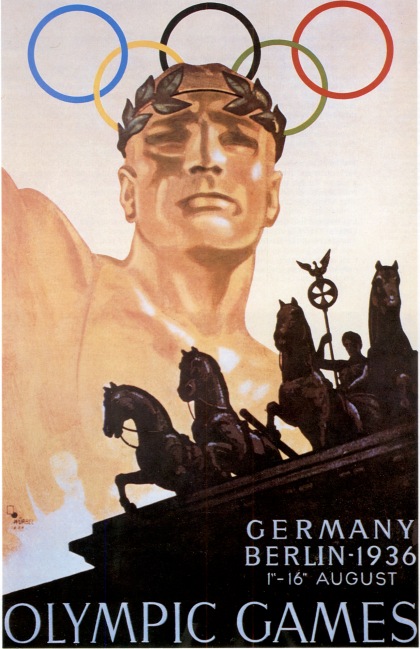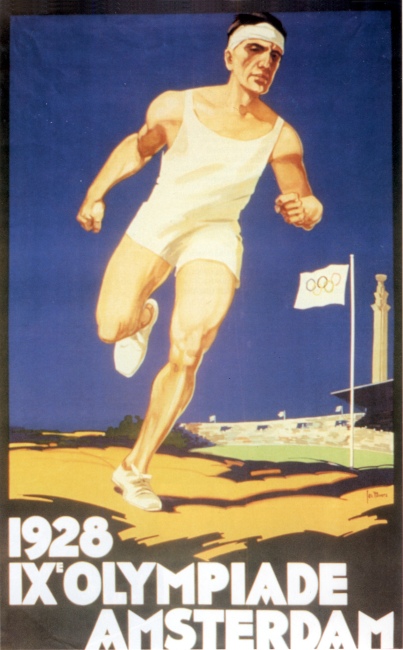| |
Olympic Pictograms
Concept of the pictograms and their use by John Jan Popovic
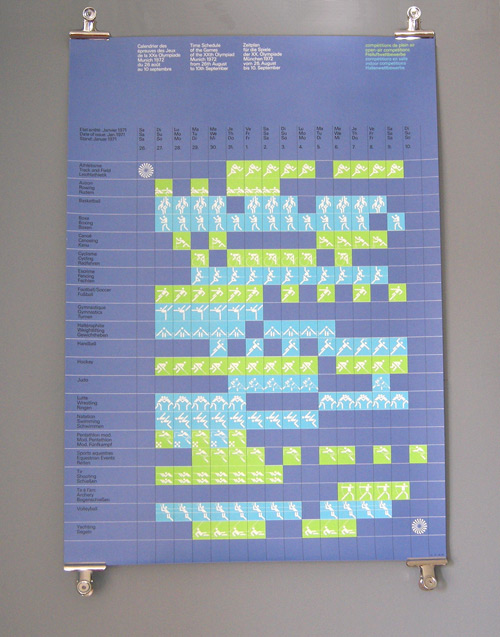
Olympic Pictograms
Pictograms - The System of Symbols for Various Sports
Olympic pictogram is drawing symbolising sport. Pictograms serve as points of reference and help overcome language barrier. In the XX century they have been integrated into coordinated visual identity as promotional and marketing tool of Olympic cities.
After the first appearance at the 1936 Olympic Games in Berlin, a first formally closed system of symbols was conceived under the direction of Masaru Katsumi in 1964 for the Olympic Games in Tokyo. The value of the system as a universally intelligible means of information instead of multilingual verbal messages was so effective that all succeeding Games would not be possible without such a system. At the 1968 Olympic Games in Mexico City, the Mexican Olympic Committee developed a system of symbols, which nevertheless had a more illustrative character and was based on sports equipment.
Often the very simplest verbal communication is impractical because of a lack of the knowledge required for a language or alphabet. This is especially obvious at large international events at which visitors from every continent participate.
It is important to have a system of visual symbols of universal intelligibility which would aid visitors in regard to information and communications. Thus there are two systems; one being the sports symbols and the other being the pictograms for information regarding services and traffic.
Thirty-four different languages are spoken in Europe alone. For this reason it was necessary for the OC in the interest of international visitors not to limit itself to verbal information, but rather to take advantage of the possibility of generally intelligible pictorial symbols. The OC also conceived a second visual system in addition to the sports symbols which were intended to serve as general information. This system was constructed of pictograms - symbols which translate the message into visually understood picture language. It especially included directions to services, transportation and information which would make the flow of communication possible and also ease it.
The pictograms of unsurpassed elegance and clarity in Munich 1972 were created by the Director of the Higher Institute of Graphic Arts in Ulm, Otl Aicher.
The sports symbols do not have the function merely to symbolize the individual athletic disciplines in the press, on television or medals and souvenirs, but they are simultaneously means of information regarding the sports sites and training areas of a specific sport. With the aid of arrows the symbols pointed the way and designated those coaches and helpers responsible for a certain sport as well as the admission tickets, schedules, rules and regulations listings, etc.
Otl Aicher, design director for the Munich 1972 games, developed a set of pictograms of such breathtaking elegance and clarity that they would never be surpassed. Aicher (1922-1991), founder of the Ulm design school and consultant to Braun and Lufthansa, was the quintessential German designer: precise, cool and logical. The design system he developed for the Munich games, all geometry, grids and Univers 55, is perhaps his greatest achievement.
Source document: Official Report 1972, Vol. 1, page 271
© 1972 Copyright by Munich Organizing Committee
http://olympic-museum.de/pictograms/Picto1972.htm
|
|

